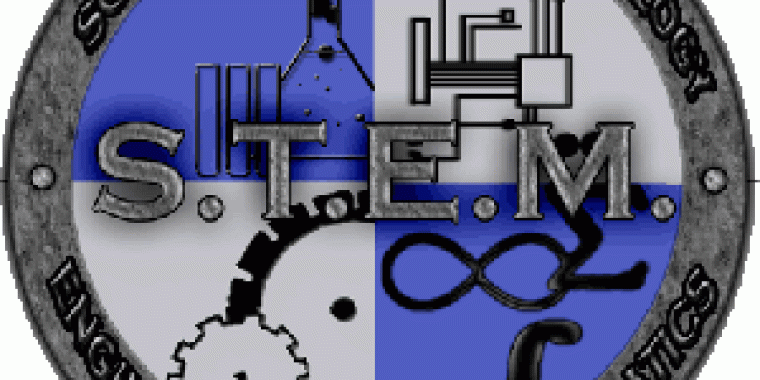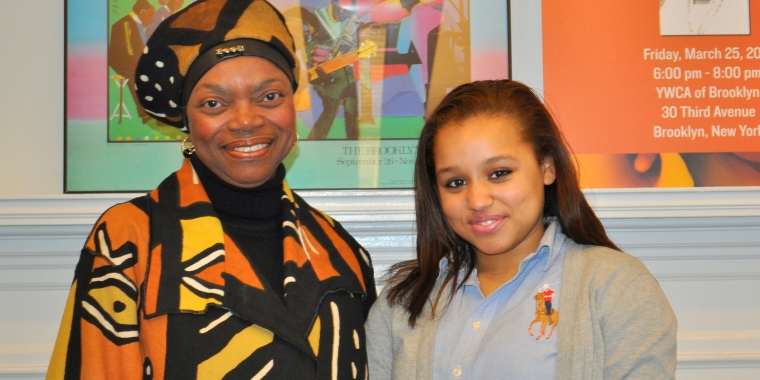
Helping New York Gain The Competitive Edge In Math, Science And Engineering Fields By NYS Senator Velmanette Montgomery ~ Member, Senate Committee On Education

There is a lot of talk about all that’s bad with Governor Pataki’s 2006-07 Executive Budget proposal, namely funding cuts that will prove devastating to colleges and college students, hospitals and health care consumers, and community-based providers of human services.
While most of the criticism from voters and lawmakers alike is justified, it cannot be denied that the Executive Budget recommends some positive funding and program changes to encourage New Yorkers to pursue education and careers in mathematics, science, engineering and technology. The Legislature endorses these funding and program goals and recommends that the necessary resources be included in the final State Budget to help ensure a bright and successful future for our youth.
To support our state’s competitiveness in these fields, a new $8.7 million scholarship program is being proposed for New Yorkers who agree to teach math or science in middle schools and high schools. Under the plan, scholarships equal to a SUNY tuition cost of $4,350 would be available to qualified students for up to five years.
The plan also recommends $5 million for a new Summer Institute for Math and Science: $2.5 million for university-based programs for math and science teachers and $2.5 million for math and science programs for middle school students, which would be offered at community colleges. Another contributing factor to the equation for success is a new $5 million Engineers of the Future Program to enable 500 middle and high schools to offer pre-engineering programs. In addition, a $5 million increase for the Teachers of Tomorrow Program is proposed to provide recruitment and tuition reimbursement to expand the pool of math/science teachers by means of alternative certification.
Of particular importance is the need to encourage African-American and Hispanic students to prepare for and pursue careers in math and science. Currently, students of color represent 39 percent of high schoolers, but only six percent of the science and engineering workforce.
Historically underrepresented and disadvantaged students are in a position to reap the educational benefits of a proposed increase for programs aimed at helping them prepare for and succeed in college. Specifically, the Executive Budget proposes a funding boost of $9 million to $19 million for STEP (Science and Technology Entry Program) and CSTEP (Collegiate Science and Technology Entry Program). The STEP helps students at the middle and high school level improve their participation rate in mathematics, science, technology, health-related field and the licensed professions. The CSTEP provides this same education and career support for students enrolled in college.
The Bureau of Labor Statistics project that the U.S. demand for science and engineering workers will grow at least three times as fast as the overall economy in the next ten years. However, the current number of students pursuing careers in these fields is not keeping pace with the demand. For example, the number of U.S. engineering students has dropped 20 percent in the U.S. Since 1985. New York, once a leader in education and employing scientists and engineers is graduating few than 4,000 new engineers each year --about 1,000 fewer than if we matched the U.S. average.
New York is positioned to reverse this trend by approving budget proposals that will go far to help prepare our young people -- the leaders of tomorrow -- for graduating college with math, science and engineering degrees and helping our state become active participants in an ever-changing, competitive world.

